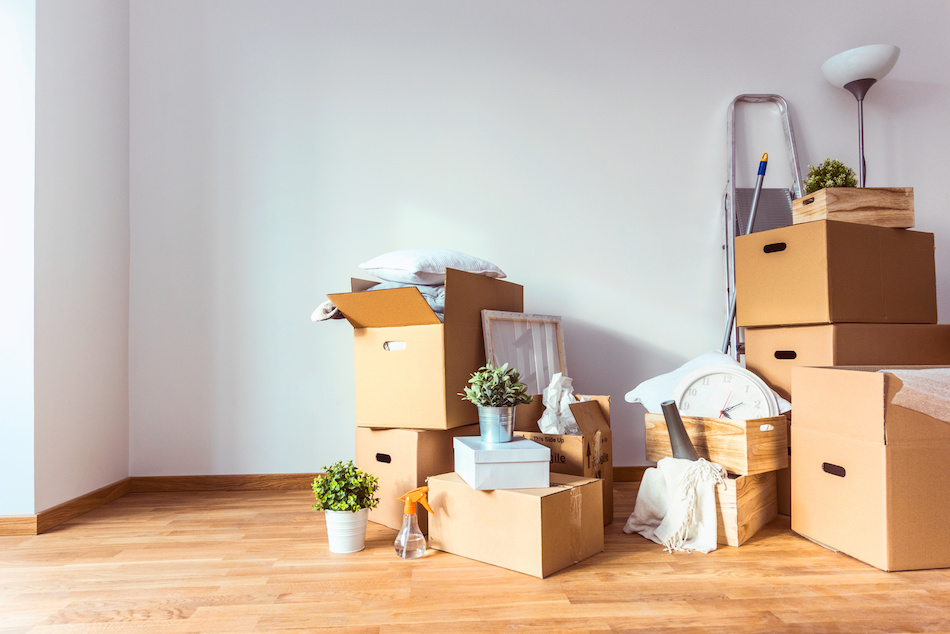Effectively orchestrating the transfer of all your possessions from one residence to another can be a challenging task. Rather than relying on spontaneity and hoping for the best, it’s wise to formulate a well-structured plan for a seamless move well in advance of the relocation date.
Various factors might prompt the need to pack up and find a new place. Whether it’s accommodating a growing family, seeking more affordable rent, upgrading to a better home, or relocating due to a job change or transfer, having a strategic plan is essential.
Regardless of the motivation behind the move, the following tips are designed to streamline the moving process and simplify the packing phase, ensuring a smoother transition to your new abode.
Plan Ahead
The foundation for a successful move lies in meticulous planning, and three crucial steps during this preparatory phase can make the entire process more manageable. First and foremost, developing a comprehensive timeline is essential. Outline key milestones such as sorting and decluttering, obtaining packing supplies, and finalizing moving arrangements. A well-structured timeline ensures that tasks are distributed logically, preventing last-minute chaos.
Equally important is determining your budget. Moving expenses can accrue rapidly, covering aspects like packing materials, transportation, and potential additional services. Establishing a realistic budget provides a financial roadmap, helping you make informed decisions and avoid unexpected costs.

Research Moving Companies
If you find yourself pressed for time or harbour a strong aversion to the thought of manoeuvring heavy boxes up and down stairs, especially in the context of a cross-country move, considering the services of professional movers, particularly removalists in Melbourne, might be a wise choice. Although the cost of hiring movers can be a concern, it doesn’t necessarily have to be prohibitive.
When exploring the possibility of hiring movers, it’s crucial to obtain quotes from multiple moving companies, including those offering removalist services in Melbourne. Don’t hesitate to inform them that you’re actively comparing prices, incorporating the keyword “removalist Melbourne.” This transparency could potentially result in a more competitive quote. Inquire about the range of options available, whether it’s a semi-DIY move or full-service movers. If you haven’t done so already, establish a moving budget based on the insights gathered during your research.
Disassemble Furniture and Other Large Items
Enhance the efficiency and protection of your cross-country move by disassembling large items before transportation. Begin by breaking down furniture such as bed frames, desks, and bookshelves. Organize screws and bolts in plastic bags, labelling them for convenient reassembly. For guidance on disassembling specific items, consult the manufacturer’s instructions or, if uncertain, contemplate hiring professionals for this task.
This strategic approach not only facilitates the transportation of bulky items but also minimizes the risk of damage during the move. By taking the time to disassemble and organize components, you ensure a smoother relocation process and simplify the reassembly at your new destination. Whether you’re a DIY enthusiast or prefer professional assistance, this method contributes to the overall efficiency and safety of transporting large items across the country.
Get Organized and Gather Supplies
Begin your moving preparations by creating a comprehensive inventory of all items slated for packing. Systematically list every possession and, based on this inventory, identify the supplies required for a smooth move. Specifically, determine the type, size, and quantity of moving boxes necessary for your belongings.
Once your list is finalized, proactively purchase the required supplies well in advance of your moving date to mitigate any last-minute stress. Opt for high-quality materials to ensure the utmost protection for your possessions during the relocation process. Key supplies include robust packing tape, bubble wrap for fragile items, and durable cardboard boxes. Depending on your needs, consider additional items such as mattress bags, plastic wrap for furniture and rugs, wardrobe boxes tailored for hanging clothes, and other speciality containers.

Ask Your Friends to Help
Whether you’ve enlisted professional movers or are opting for a more DIY approach, having a support team is essential for transitioning your belongings from your old house to the new one. If relying on friends, securing their commitment early is crucial to a successful move.
To maximize assistance, schedule your move on a weekend when most people are available. Upon their arrival, provide a clear plan outlining tasks for each individual, assigning specific boxes or rooms. Express gratitude individually and consider organizing a formal thank-you, such as a dinner or cookout at your new residence the following weekend.
Make a Master List of Moving Tasks
Creating a list not only facilitates better recall of tasks but also offers the satisfaction of checking off completed items. Crafting a moving checklist proves invaluable in organizing your thoughts, and it’s advisable to create it well in advance, ideally several months before your move. The inclusion of deadlines is crucial, as certain tasks must be tackled before others, necessitating a well-structured timeline.
In the spirit of list-making, take the opportunity to compile an inventory of your belongings for insurance purposes. This detailed inventory not only serves as a protective measure but also aids in the unpacking process, ensuring that no items are inadvertently overlooked. Embracing the checklist approach empowers you to methodically approach the myriad tasks associated with moving, fostering a sense of order and accomplishment throughout the process.
Utilize Free or Low-Cost Packing Supplies
Opt for economical alternatives rather than investing in new packing materials. Seek out gently used boxes from nearby grocery stores, bookshops, or online platforms to reduce costs. Embrace the resourcefulness of repurposing blankets, towels, and clothing as protective layers for delicate items, minimizing the necessity for an abundance of packing materials. By tapping into these cost-effective and sustainable options, you not only contribute to environmental conservation but also ensure a budget-friendly move.
Repurposed materials can be just as effective in safeguarding your belongings during the relocation process, offering a practical and eco-conscious approach to packing. This mindful utilization of available resources not only streamlines the packing phase but also aligns with a more sustainable and economically prudent approach to the entire moving experience.
Update Your Contact Information
Initiate your change of address by visiting your neighbourhood post office or utilizing the USPS website to complete a change of address form and establish mail forwarding services. This crucial step ensures that your mail seamlessly transitions to your new residence, preventing any disruptions in communication.
Simultaneously, compile a list of significant contacts who require your updated information. Include entities such as banks, utility providers, insurance companies, and any subscriptions you may hold. Notify these key contacts promptly to guarantee a smooth transition and maintain uninterrupted services.






